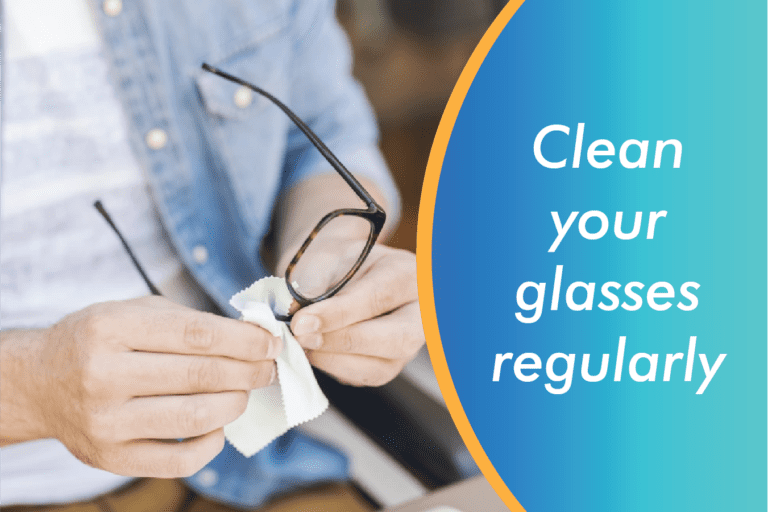Introduction
Myopia, commonly known as nearsightedness, is a refractive error that affects millions of people worldwide. It is a condition in which individuals can see nearby objects clearly, but distant objects appear blurry. In this blog, we will explore what myopia is, its causes, common symptoms, and available treatment options.
Defining Myopia
Myopia is a refractive error that occurs when the eyeball is slightly longer than normal or when the cornea (the clear front surface of the eye) is too curved. These structural anomalies prevent light from focusing directly on the retina, causing distant objects to appear blurred.
Causes of Myopia
The exact cause of myopia is not fully understood, but several factors contribute to its development:
- Genetic Factors: Myopia tends to run in families, suggesting a genetic component. If one or both parents have myopia, their children are more likely to develop it as well.
- Environmental Factors: Excessive near work, such as reading, writing, or prolonged use of digital devices, especially during childhood and adolescence, has been linked to an increased risk of myopia. Spending limited time outdoors and lack of exposure to natural light may also play a role.
- Other Factors: Certain medical conditions, such as diabetes, can increase the risk of myopia. Additionally, changes in hormone levels during pregnancy or puberty may affect eye growth and contribute to the development of myopia.
Common Symptoms of Myopia
The most common symptom of myopia is difficulty seeing distant objects clearly while having relatively clear near vision. Other symptoms may include:
- Blurred Vision: Distant objects appear blurry or out of focus, while close objects remain clear.
- Squinting: Squinting helps temporarily improve vision by reducing the size of the blurred image, thereby allowing light to focus better.
- Eye Strain and Fatigue: Straining the eyes to see distant objects clearly can cause eye fatigue, headaches, and discomfort.
- Difficulty with Night Vision: Myopia can affect night vision, causing glare, halos, or reduced visibility in low-light conditions.
Treatment Options for Myopia
- Prescription Eyeglasses: Eyeglasses with concave lenses are the most common and straightforward way to correct myopia. They help focus light directly onto the retina, compensating for the refractive error.
- Contact Lenses: Soft or rigid gas permeable contact lenses are another popular option for correcting myopia. They sit directly on the cornea and provide a wider field of view compared to eyeglasses.
- Orthokeratology: This non-surgical treatment involves wearing specialized gas permeable contact lenses overnight to temporarily reshape the cornea. The effect allows for clear vision during the day without the need for glasses or lenses.
- Refractive Surgery: Procedures such as LASIK (Laser-Assisted In Situ Keratomileusis) and PRK (Photorefractive Keratectomy) can permanently reshape the cornea, correcting myopia and reducing the dependence on glasses or contact lenses.
- Lifestyle Changes: Managing myopia progression may involve lifestyle modifications. Spending more time outdoors, taking regular breaks from near work, and practicing good visual habits, such as maintaining proper posture and adequate lighting, can help reduce the risk of myopia progression.
Conclusion
Myopia is a common refractive error characterized by blurred distance vision while maintaining clear near vision. Genetic and environmental factors contribute to its development, with excessive near work and lack of outdoor time playing significant roles. Recognizing the symptoms of myopia is important for early detection and appropriate management. Prescription eyeglasses, contact lenses, orthokeratology, refractive surgery, and lifestyle changes are all viable options for correcting or managing myopia. If you suspect you may have myopia or experience any visual changes, consult an eye care professional for a comprehensive eye examination and personalized treatment plan.



